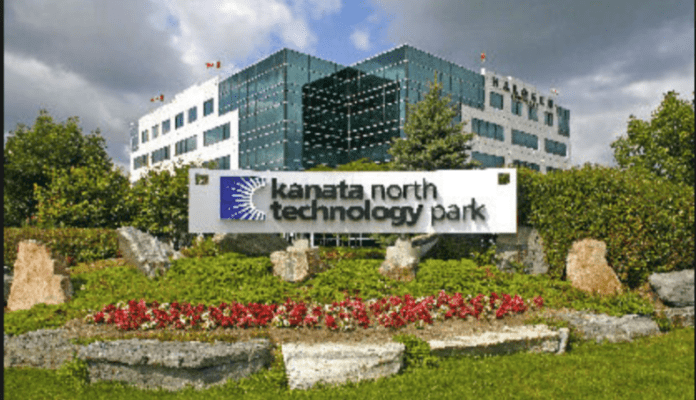KRP Properties is using a real-time facility data monitoring solution to drive tenant experience while enhancing the long term value of assets for smart buildings in Canada’s largest technology hub, North Kanata Tech Park.
The data monitoring solution designed by FacilityConneX?s (FCX) will enable the KRP, which operates and owns 30 buildings encompassing 3.1 million square feet in Canada?s ?Kanata North, to enhance the tenant experience and add long-term value to physical assets through technology goals in smart buildings.
The Kanata North Technology Park is home to more than 600 companies and 23,000 employees which contributed to more than $13.8 billion of Canada’s GDP in 2018, a 66% ?increase since in 2015 according to a report by Ottawa-based Doyletech Corp.
FCX’s solution will be implemented across 15% of the real estate provider?s portfolio to monitor an additional 380,000 square feet across two new buildings and the expansion will provide real-time analytics and monitoring for approximately 500,000 square feet. ?
?The FacilityConneX solution has helped us to better understand our equipment and how it?s operating, enabling our team of facility engineers to become more proactive in their approach to maintenance and energy savings,? said Terry Young, vice president of operations at KRP Properties who underscored the importance of ?improving energy efficiency as a means of enhancing meet tenant satisfaction.
KRP will use FCX?s advanced analytics to monitor operational efficiency of HVAC, lighting systems and overall electric energy consumption, which continue to be the largest sources of energy consumption in commercial and industrial office buildings.
Since 2016, KRP has used the solution to do 35,000 equipment checks per day, which has resulted in significant savings and increased operational efficiency in the property management firms portfolio of smart buildings. ?
Through the use of this platform, KRP staff can ensure preventative maintenance and equipment optimization, creating a more comfortable environment for tenants while also increasing energy and cost savings.
?Using our platform, the team can make more strategic asset management decision that will continue to keep customers happy while reducing maintenance and energy costs,? stated Mark Pipher, vice president and general manager of FacilityConneX.
Pre-processing machine learning data for HVAC fault detection in smart buildings
FCX uses predictive machine learning methodology to diagnose and detect events that can impact the performance and maintenance building equipment such as HVAC systems and large chillers. ?The company?s machine learning methods and domain knowledge are focused on detecting equipment degradation.
FCX uses historical data from to develop probabilistic/statistic which is used to train ist machine learning algorithms and connecting it its existing equipment domain knowledge. In the case of air conditioning systems, and particularly chillers, which consume a major share of the total energy usage in buildings several key performance indicators (KPIs) need to be identified, monitored and analyzed.
The proper data analytics approach requires a need to gather data for all the relevant KPIs and perform exploratory data analysis to narrow down the most relevant KPIs and eliminate any artifacts or data preprocessing.
For example, while observing the chiller data, it may be noticed that during the start and the stop operation of the chiller, the data fluctuates and gets very noisy and data from when the chiller status is off should not be used in the training dataset for creating the historically predictive model of the chiller because these data points are actually outliers not representative of the machine when in working.
The company says that an objective exploratory data analysis approach is essential to identifying the most important KPIs to draw the most relevant and insightful conclusions from the physics involved in each piece of equipment.

